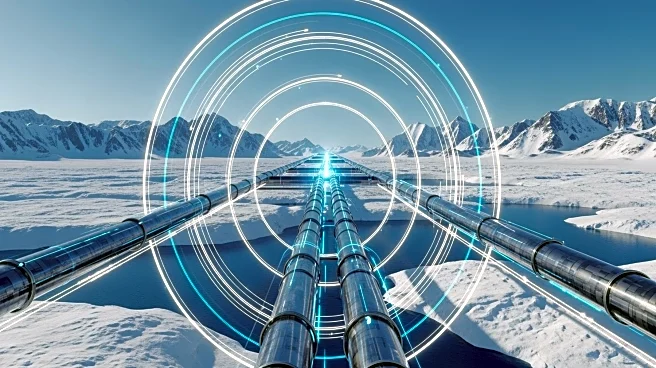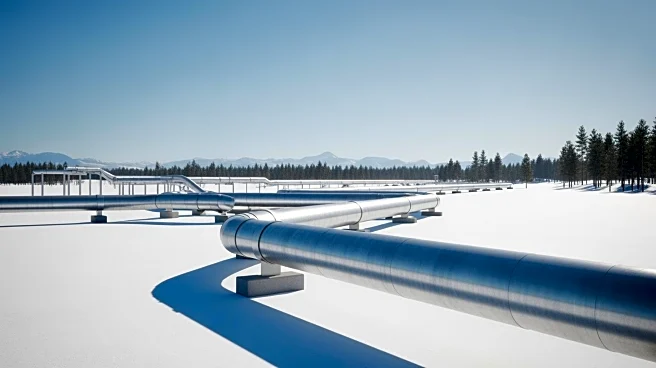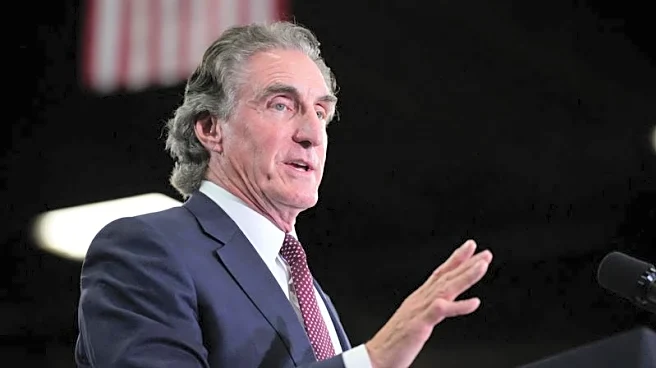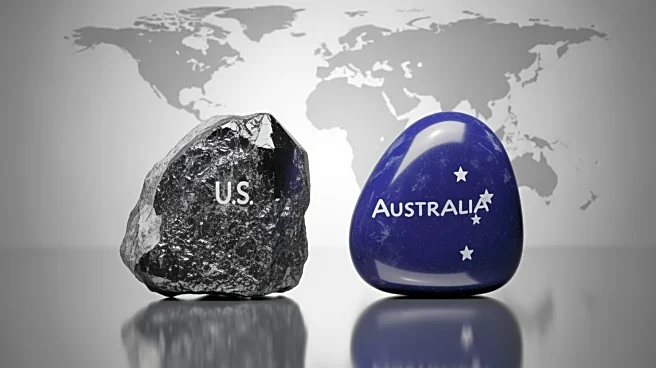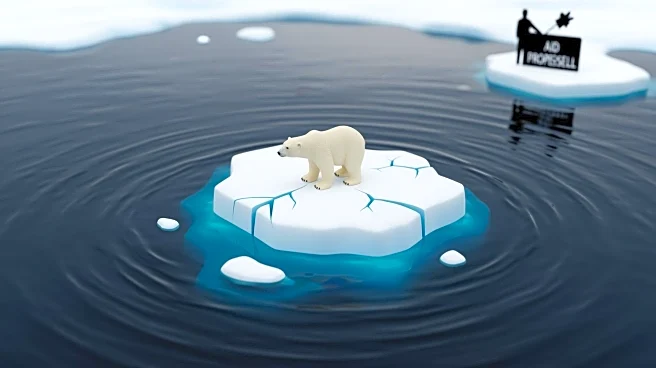What's Happening?
The proposed 800-mile gas pipeline in Alaska, supported by President Trump, is set to complete a crucial engineering and cost study by the end of this year. This project aims to transport gas from Alaska's
northern regions to the Gulf of Alaska. The pipeline is a joint venture between U.S. energy developer Glenfarne and the Alaska Gasline Development Corporation. Earlier this year, Glenfarne announced plans to decide on the project in 2025, having engaged Australian engineering firm Worley to conduct a Front-End Engineering and Design (FEED) study. Interior Secretary Doug Burgum expressed optimism about the project, anticipating significant interest once the FEED study is released in December.
Why It's Important?
The completion of the FEED study is a pivotal step in advancing the Alaska LNG pipeline, a project that aligns with President Trump's agenda to enhance U.S. fossil fuel development. If realized, the pipeline could significantly impact the U.S. energy sector by increasing the supply of liquefied natural gas (LNG) for export. This development could bolster the U.S. position in the global energy market, potentially leading to economic benefits such as job creation and increased state revenues. However, it also raises environmental concerns and debates over fossil fuel reliance versus renewable energy investments.
What's Next?
The release of the FEED study in December will likely attract attention from investors and stakeholders in the energy sector. A decision on the project's future is expected in 2025, which will determine whether construction proceeds. The outcome could influence U.S. energy policy and international trade relations, particularly with countries dependent on LNG imports. Stakeholders, including environmental groups and local communities, may respond with varying degrees of support or opposition, influencing public discourse and policy decisions.
